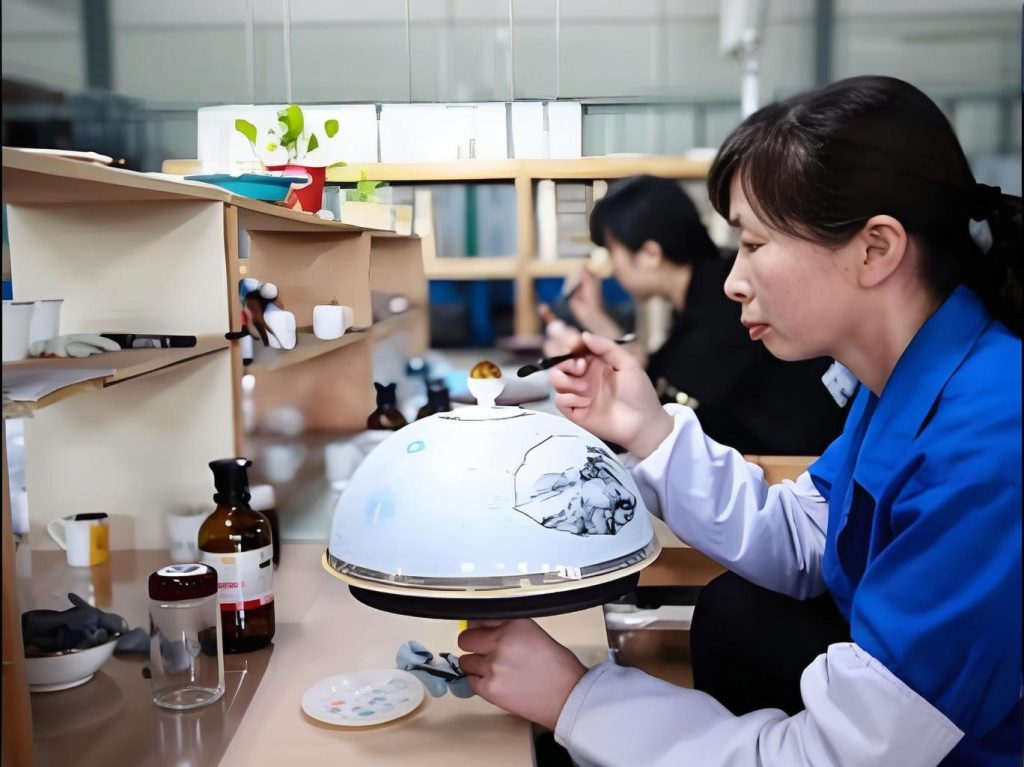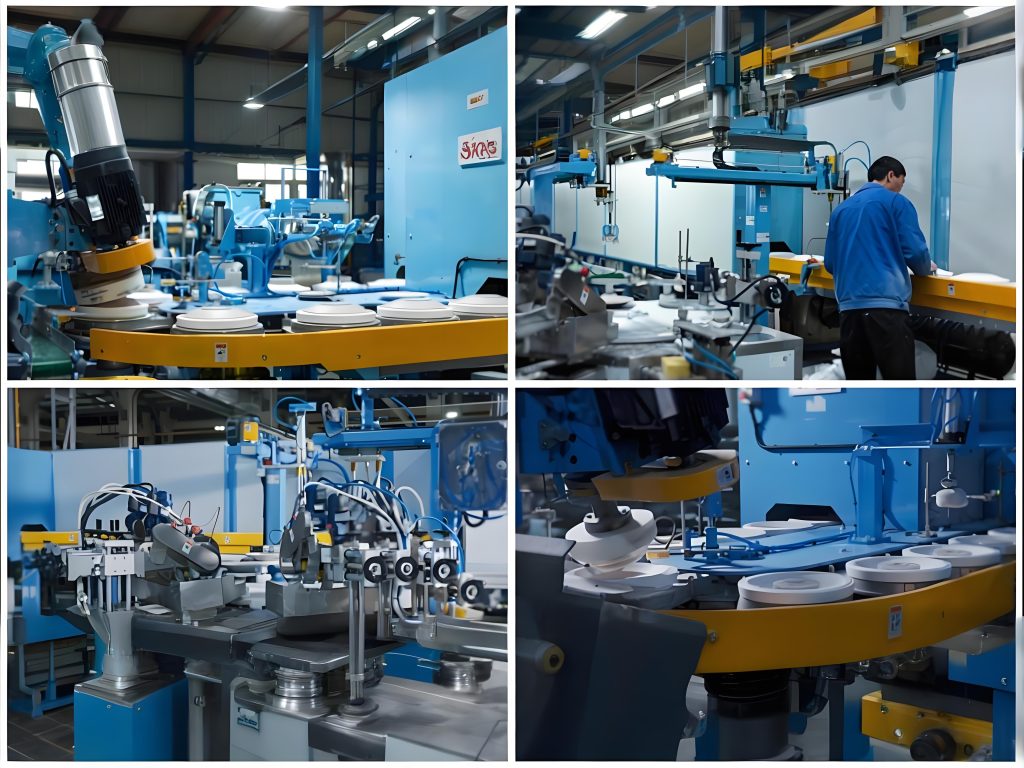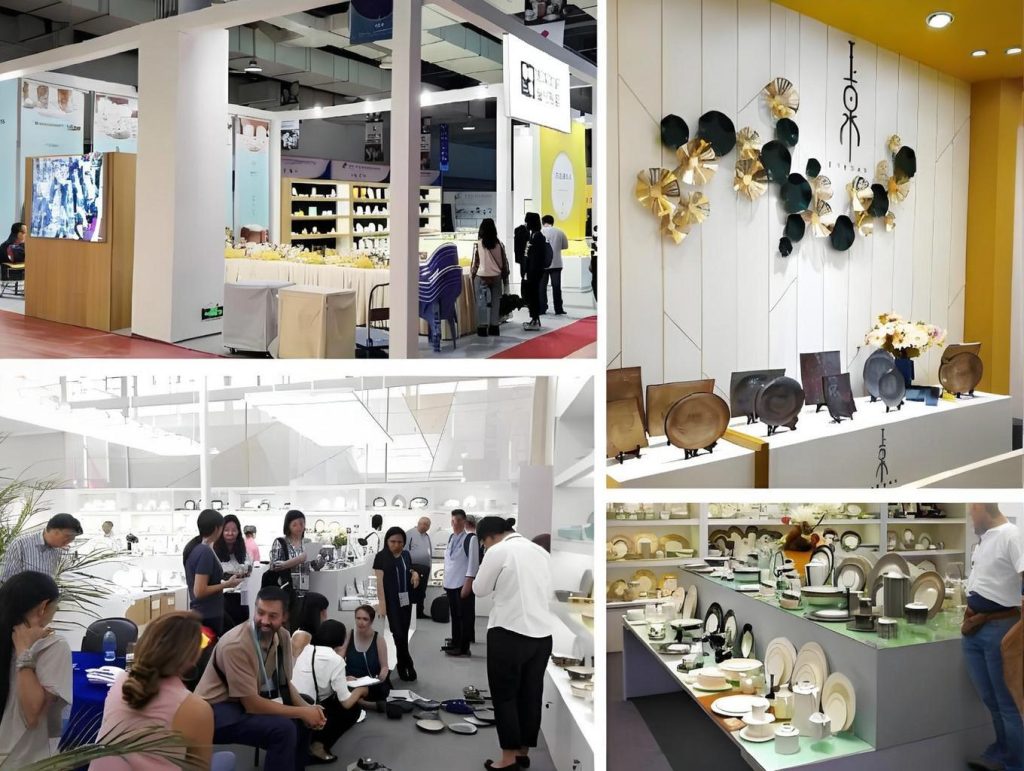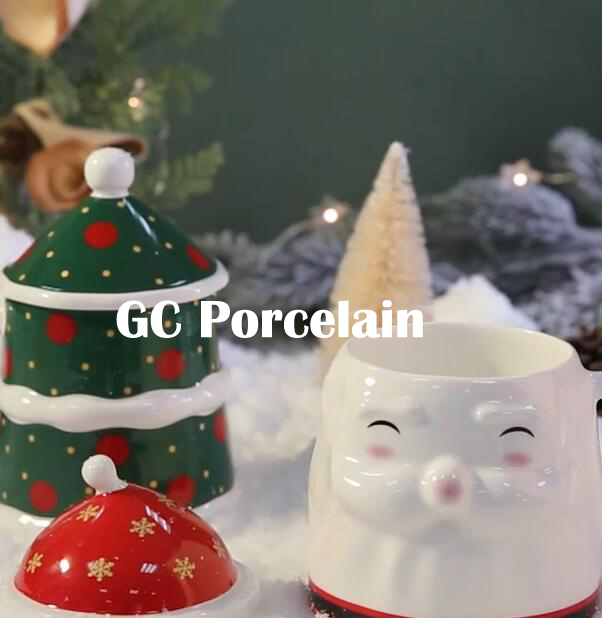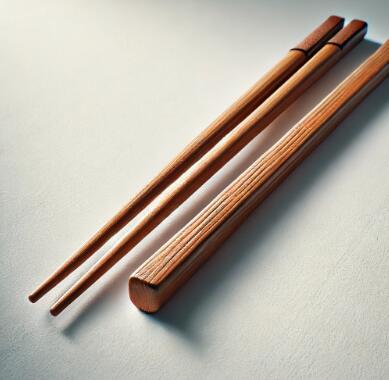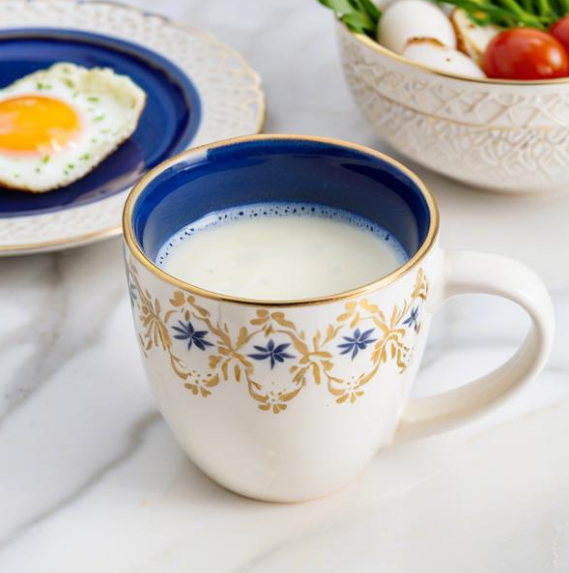Grey Dinner Sets: The Rise from Niche to Tabletop Favorite
Opening
Have you noticed something lately? Food photos on social media all look “minimalist” now.
Open Instagram or Xiaohongshu. Most appetizing food shots feature grey plates. I’ll be honest. At first, I thought grey was too plain. How could something so dull feel luxurious? But I was wrong. There’s more to this story.
On Quora, someone asked: “Why are grey dinner sets suddenly everywhere?” Over 2,000 answers followed. Reddit’s r/HomeDecor ran a six-month discussion thread about it. Today, let’s explore how this grey wave took over.
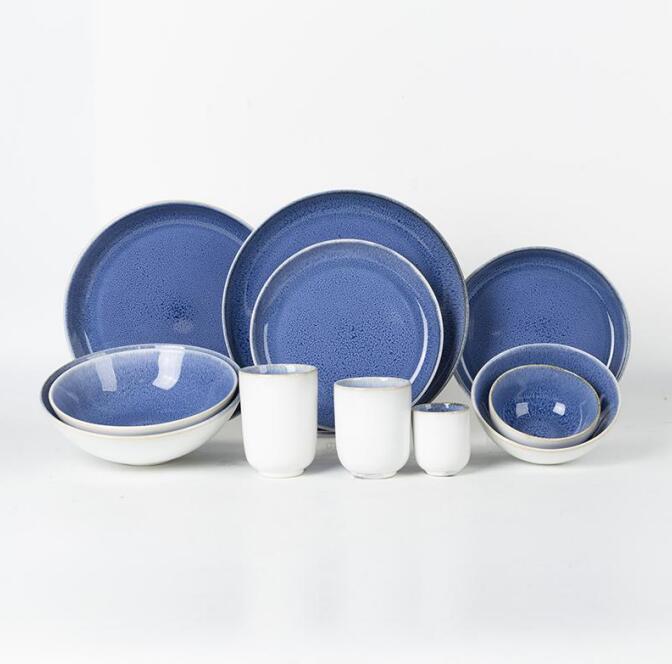
Part One: From “Cheap” to “Chic” – Grey’s Identity Flip
Quora’s Top Answer: Color Psychology Wins
An interior designer’s answer got 5.6K upvotes on Quora. She made a sharp point:
“White plates scream ‘I’m trying too hard to look clean.’ Grey whispers ‘I have taste without needing to prove it.’”
That’s exactly what young people want today. Effortless chic, right?
Reddit’s r/DesignPorn analyzed it deeper. Grey is the only neutral that doesn’t steal the show. White pops too much. Black feels heavy. Grey lets food be the star. One user did an A/B test. Same pasta dish. White plate? Looked like cafeteria food. Matte grey plate? Instant Michelin vibes.
But There’s a Hidden Truth Here
Most tableware manufacturers missed this trend early. I checked European ceramic brands. Before 2018, grey products made up under 5% of their lines. They were edge products. Companies feared overstocking them.
Things changed in 2019.
A British tableware manufacturer made custom “cement grey” pieces for a coffee chain. Customers went crazy posting them on Instagram. Orders multiplied sevenfold in three months. The industry woke up. Consumers didn’t hate grey. They just lacked good options.
Part Two: Reddit Real Talk – The Grey Dinner Set “Photo Trap”
Online Shopping Disasters
Reddit’s r/ExpectationVsReality has pages of grey dinner set complaints. The top post says it all:
“My $89 ‘minimalist grey’ plates look like prison cafeteria trays IRL”
Comments exploded:
- “Same victim here. Product photos showed elegant matte grey. I got construction cement grey.”
- “Can’t even return it. Customer service claims ‘color variation is normal range.’ Really?”
- “Now I panic when I see ‘cement grey’ or ‘stone grey’ descriptions.”
The Harsh Reality
A Reddit user working at a tableware manufacturer spilled anonymously:
Grey glaze costs 30% more than white. Special minerals are needed for coloring. But cheap factories mix iron oxide with white glaze. Results?
- Unstable colors with batch variations
- Yellowing or greening after high-temp firing
- Rough surface texture, zero velvet-like matte feel
He dropped this truth bomb: “If an 8-piece grey set costs under $50, it’s basically a trap.”
Part Three: Pro Tips – What Grey Is Worth Buying?
Quora Designer’s Three Golden Rules
A product designer with 15 years’ experience shared key standards for picking grey dinner sets. Super useful:
1. Check “Grey Depth”
Good grey isn’t flat color. It has subtle shade variations. The technical term is “reactive glaze.” It creates natural gradients during firing. Hold the plate and rotate it. You’ll see slight color shifts in different lights. That’s handcrafted quality.
Cheap stuff looks spray-painted. Dead flat.
2. Touch “Surface Feel”
Close your eyes and touch it. Does it feel like baby skin? That’s good quality. Grainy or rough? Either insufficient glaze or wrong firing temperature.
A Reddit user shared a trick: “Lightly scrape with your nail. Good grey glaze shows no marks. Bad ones leave white scratches.”
3. Test “Practicality”
- Dishwasher safe? (Many “artistic” grey pieces can’t handle high-temp detergent)
- Does it get hot in the microwave? (Some metal oxide glazes conduct heat fast)
- Do stacked plates scratch each other? (Plate bottoms need glazing too)
Price Reality Check
I compared prices from reliable tableware manufacturers:
| Quality Level | Price Range (4-person set) | Features |
|---|---|---|
| Entry | $80-150 | Machine-made, stable but generic |
| Mid-range | $200-400 | Semi-handmade, has character |
| High-end | $500+ | Fully handmade/limited, each piece unique |
Honestly, mid-range offers best value for most people. Sets over $1,000? Unless you collect dinnerware, skip them.
Part Four: Surprise Finding – Grey Changes More Than Aesthetics
Observations from a Psychologist
A Quora answer stuck with me. A food psychologist ran a small experiment:
Same food on white, grey, and black plates. Testers rated them. Results:
- White plates: Food looked “healthy” but “bland”
- Black plates: “Very ceremonial” but “wouldn’t want seconds”
- Grey plates: Both “looks delicious” and “no guilt after eating”
Her conclusion? Grey subconsciously signals “refined yet everyday.” Perfect for modern folks wanting “nice life without trying too hard.”
Reddit Life Experiments
r/minimalism had a highly-upvoted post. The author documented changes after switching to all-grey dinnerware:
“I cook at home more now. Before, fancy plates made me feel I needed to match their level. That made me lazy. This grey set? Even stir-fried greens look good on it. No pressure.”
Over 200 replies echoed this. One comment nailed it:
“Good dinnerware doesn’t make you feel ‘I must live up to it.’ It says ‘I perfectly complement your everyday.’”
This reminds me of what tableware manufacturers push now. “Everyday luxury.” They’re basically selling “low-barrier refinement.”
Part Five: But Does Grey Suit Everyone?
Opposing Voices Matter Too
Reddit has its share of “grey haters.” One user’s complaint resonates:
“Used grey dinnerware for three months. Now it depresses me. My place already lacks natural light. These plates make the table look cloudy. Switched back to cream white.”
Others noted practical issues:
- Dark foods (soy sauce fried rice, black pepper beef) “disappear” on grey plates
- Elderly folks dislike it. Not “festive” enough.
- Kids show zero interest. Affects appetite.
Professional Advice: Don’t Blindly Follow Trends
A product manager at a tableware manufacturer on Quora gave balanced advice:
“Buy 1-2 single pieces to test first.”
She said many people order full sets immediately. Then they discover it doesn’t fit their lifestyle. Returns are messy and wasteful. The right approach:
- Buy one grey dinner plate and bowl first
- Use with existing dinnerware for a week
- Observe your real feelings (not imagined “should be beautiful”)
- If you like it, gradually add more
She revealed an industry secret. Many tableware manufacturers now offer “mix & match” series. This lowers consumer trial costs. You can buy different grey shades as singles. Mix them freely. Even pair with beige or dusty pink. Creates more depth.

Closing: Thoughts Sparked by a Dinner Set
This reminds me of something. Last year at a pottery workshop, the master said:
“The hardest to fire isn’t pure white or black. It’s grey. It tolerates no impurities. Yet it must be accommodating enough.”
Isn’t that why grey became popular?
In this anxious, uncertain era, white feels too idealistic. Black too absolute. Grey hits the sweet spot. It admits life isn’t perfect. But still worth treating seriously.
So grey dinner set popularity? Less about aesthetics. More about a generation’s life philosophy. We no longer chase black-or-white answers. We’re learning to find our balance in the grey.
If you have any questions or need to custom dinnerware service, please contact our Email:info@gcporcelain.com for the most thoughtful support!

